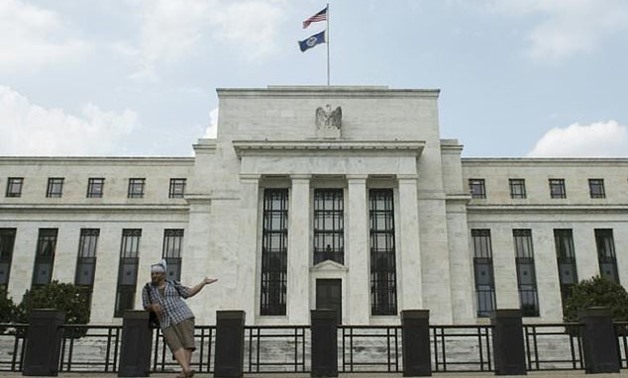
The US Federal Reserve looks for a boost to the US economy from a rebound in business investment
Washington - 8 July 2017:The Federal Reserve said Friday it sees hopeful signs that business investment is poised to rebound from the doldrums of the global financial crisis and boost the US economy.
But, in its semi-annual report to Congress, the central bank restated its view that the benchmark interest rate should rise only gradually as the economy picks up steam. The Fed has said it expects one more rate increase this year.
The fate of business investment is key because it could unlock gains in the productivity of businesses and workers, which in turn would drive increases in wages that have remained frustratingly sluggish.
Federal Reserve Chair Janet Yellen is scheduled to present the report July 12 in testimony before the House Financial Services Committee, where she likely will again face hostile questioning from Republican lawmakers about the slow growth and tepid wage gains, as well as on how the Fed makes its decisions on interest rates.
After remaining flat for much of 2016, business investment "rose robustly at the beginning of the year," including solid increases in purchases of equipment. Meanwhile, indicators of future spending are "generally upbeat" with orders and shipments moving up, and sentiment indexes have "remained elevated," the report said.
This could bode well for wage gains, which have lagged despite rising employment, the Fed indicated. Average hourly earnings were up 2.5 percent in June year-over-year, the same pace as in May, according to the employment report released earlier Friday.
"These modest rates of compensation gain likely reflect ... weak productivity growth," the Fed said.
And weak productivity growth is partly due to the "sharp pullback" in investment during the recession, and the weak rebound since then.
The weak productivity gains is the subject of continuing debate, but the central bank warned that if it remains low it "would greatly restrain the improvement of living standards."
The report also echoes Fed statements that activity slowed in the first quarter largely due to transitory factors, including a lull in consumer spending, notably on energy given the unseasonably warm winter.
First quarter growth slowed to 1.4 percent from 2.1 percent in the final three months of 2016, but the Fed said that more recently "indicators of spending by consumers and businesses have been strong and suggest that growth of economic activity rebounded in the second quarter."
Even with the economy picking up and inflation expected to eventually move up towards the two percent target, from about 1.4 percent currently, the Fed repeated its view that "the ongoing strength in the economy will warrant gradual increases in the federal funds rate."
But central bankers will "carefully monitor" inflation and other economic data in making the decision.
How the Fed decides monetary policy is a topic of ongoing debate in Congress, with some Republican legislators agitating for new rules that would impose a rigid formula for setting monetary policy.
Yellen and other Fed officials have frequently dismissed the idea of using a single rule, saying it is not flexible enough to adjust to changing circumstances in the economy, and the Fed's report has a special section focused on the topic.
It notes that while central bankers use the rules in their models to see how they would react to the current economic conditions, "the US economy is highly complex, and these rules, by their very nature, do not capture that complexity."

Comments
Leave a Comment